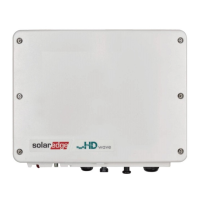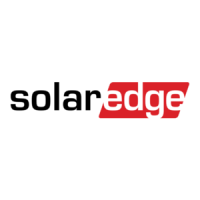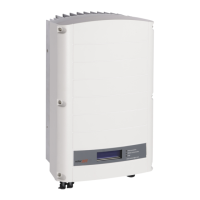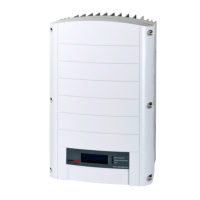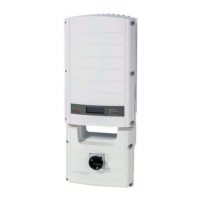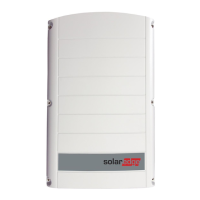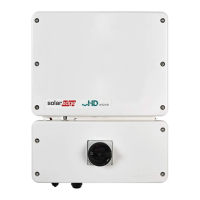What to do if SolarEdge SE3680H shows 'Over Temperature'?
- WwoodwardreginaAug 31, 2025
If your SolarEdge Inverter displays 'Over Temperature', verify proper clearances around the inverter and EV Charger Cable. After verification reconnect the EV charger cable to the EV.
